The client of this 10-15t/h ruminant sheep cattle alfalfa grass pellet production line project is from Tunisia and runs a seed company. Based on the prospect of ruminant grass feed pellet processing, the client invested 590,000 US dollars to build a grass pellet production line for sheep and cattle feed production. The raw materials used in this project are mainly grass and grains.
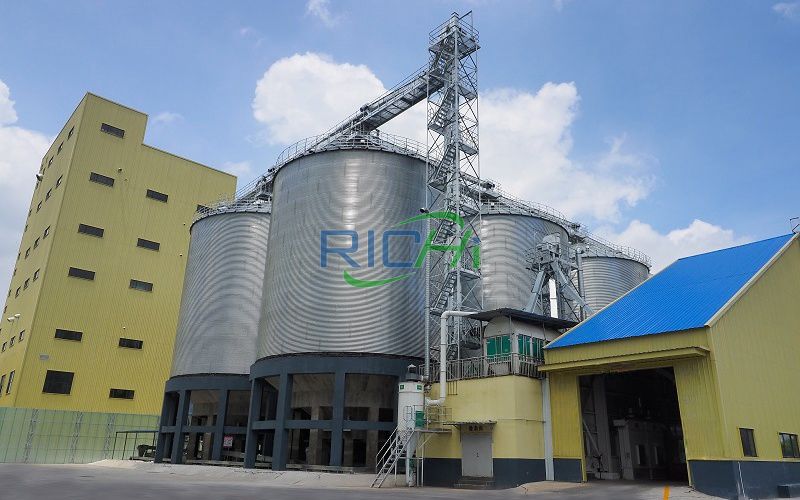
This is a highly automated ruminant feed processing project. The products of this 10-15t/h ruminant sheep cattle alfalfa grass pellet production line in Tunisia project are mainly high-quality compound pellet feed, which is a low-sugar, low-starch, high-fiber, high-protein, low-temperature and high-humidity feed suitable for ruminants and horses. The labor quota of this project is 50 people, with an annual working day of 240-300 days and 8 hours of work per day.
Tunisia, a Mediterranean country located on the north coast of Africa, has a long history of animal husbandry and is an important part of the country's agricultural sector. In recent years, with the growth of population and changes in consumption patterns, the market supply and demand situation of Tunisia's animal husbandry industry has shown new characteristics and challenges, and its development prospects have also attracted much attention.
Tunisia's animal husbandry mainly relies on traditional breeding methods, such as the breeding of sheep, cattle, poultry and other animals. Tunisia has a large sheep herd, which ranks among the top in Africa, and the production of beef and poultry is also growing. However, due to insufficient technical investment, rising feed costs and water shortages, production efficiency has not been fully utilized.
Looking to the future, Tunisia's livestock industry has great development potential. After sufficient market research, the large Tunisia alfalfa pellet plant project client decided to invest in the construction of this sheep and cattle ruminant feed processing project. Based on the development prospects of Tunisia's livestock industry, the investment in this project will definitely gain huge benefits.
Name:
Ruminant cattle feed plant
Country:
Tunisia
Date:
2024.07.19
Capacity:
10-15T/H
Pellet Size:
4-10mm
The install period:
60 Days
Control Mode:
Automatic
Guiding Price:
590,000 USD
This 10-15t/h ruminant sheep cattle alfalfa grass pellet production line in Tunisia project covers an area of 10,000m2, a construction area of 7,000m2, a total investment of US$590,000, and a production line of 30,000 tons of high-quality compound pellet feed per year will be built. The client owns a seed company, and the project is built in the existing seed workshop. Therefore, the civil engineering investment cost is relatively low.
The main construction content of this project includes crushing, batching, mixing system, granulation, cooling, storage, packaging system, steam system, compressed air system, etc. See the table below for a list of project engineering components.
| Project Category | Name of Single Project | Overview of Project Construction Content |
| Main Project | Production Workshop | Located on the east side of the original seed processing workshop, it covers an area of 1000m2, with a building area of 1000m2. It is a single-layer fully enclosed steel frame structure, with a feed processing production line, including raw material crushing section, ingredient mixing section, and granulation, cooling, storage, packaging section and other equipment. |
| Storage and Transportation Project | Raw Material Warehouse | Located on the southeast side of the original seed processing workshop, it covers an area of 2000m2. It is a single-layer fully enclosed steel structure workshop used for temporary storage of raw and auxiliary materials. It has a general solid waste temporary storage room covering an area of 100m2, and the ground is hardened. |
| Finished product warehouse | Located on the east side of the original seed processing workshop (east side of the production workshop), covers an area of 2000m2, single-story steel structure, fully enclosed workshop, used for product storage. | |
| Drying yard | Located on the south side of the original seed processing workshop, there are 2 drying yards, covering an area of 700m2 and 800m2 respectively, with concrete countertops. | |
| Auxiliary engineering | Floor scale and weighing room | Located at the entrance and exit of the factory area, covers an area of 60m2. |
| Fire wastewater pool | In the factory area, there is a fire wastewater pool with a volume of 280m3. | |
| Office and laboratory | Located on the east side of the original seed processing workshop, it covers an area of about 500m2, with a 2-story frame and brick-concrete structure, mainly including offices and laboratories. The office is used for daily work of employees; the laboratory does not contain chemical reagents and is used for physical experiments such as the determination of ash and moisture. | |
| Gate guard | Located on the north side of the factory, it has a reinforced concrete frame structure and covers an area of 20m3. | |
| Power distribution room | Located on the west side of the factory, it has a reinforced concrete frame structure and covers an area of 20m3, and is equipped with 2 transformers. | |
| Environmental Protection Engineering | Waste Gas | A total of 4 bag dust collectors are set up for the coarse and fine grinding of alfalfa hay, sheep grass hay and oat hay mixture. The waste gas is discharged through 2 18m high exhaust pipes after being treated by the dust collector. A bag dust collector is set up for the fine grinding of corn, soybean meal, sunflower meal and other materials. The waste gas is discharged through an 18m high exhaust pipe after being treated by the dust collector. During the air countercurrent cooling process, 3 bag dust collectors are set up in the induced draft system, and the dust after dust removal is discharged through an 18m high exhaust pipe. |
| Dust generated by material handling, transport vehicles, production processes, etc. is handled by closing the factory building, regularly sprinkling water to suppress dust, and cleaning the roads. | ||
| Wastewater | The concentrated water produced by the soft water equipment is mixed with domestic sewage and laboratory wastewater and discharged into the septic tank, and then discharged into the sewage treatment plant through the sewage pipe network. | |
| The laboratory wastewater is treated in the septic tank and discharged into the sewage pipe network, and finally discharged into the sewage treatment plant. | ||
| The domestic sewage is treated in the septic tank and discharged into the sewage pipe network, and finally discharged into the sewage treatment plant. | ||
| Noise | The noise equipment is placed in a closed production workshop, and the noise impact is reduced through measures such as foundation shock absorption, sound insulation, and fan installation vibration reduction devices. | |
| Solid waste | Waste packaging materials are sold regularly. | |
| The dust removed by the bag filter is directly reused in production. | ||
| Magnetic waste is regularly entrusted to the local sanitation department for disposal. | ||
| Domestic waste is uniformly collected in covered garbage bins and regularly entrusted to the local sanitation department for disposal. | ||
| Greening | The greening area of the factory area is 500m2. |
The product of this 10-15t/h ruminant sheep cattle alfalfa grass pellet production line in Tunisia project is mainly high-quality compound pellet feed, which is a low-sugar, low-starch, high-fiber, high-protein, low-temperature and high-humidity feed suitable for ruminants and horses. The product plan and parameters are shown in the table below.
| Product Name | Product Specifications | Production (t/a) | Packaging (t/a) | Storage Method | Remarks |
| High Quality Formula Pellet Feed | Pellet Feed, Pellet Size ≤6mm; Length ≤20mm | 30000 | Bag/50kg | Finished Product Warehouse | Export |
| Serial number | Product name | Quality standard |
| 1 | Feed | Mix evenly, with uniform color, no mold, no lumps and odor; nutritional indicators meet the requirements of industry standards |
The consumption of main raw and auxiliary materials for this 10-15t/h ruminant sheep cattle alfalfa grass pellet production line in Tunisia project is shown in the table below.
| Name | Moisture content% | Annual consumption (t/a) | Packaging method and specification | Source | Storage method | |
| Alfalfa hay | 14% | 8484 | Bale/1 ton | Purchased externally, transported by truck | Raw material warehouse | |
| Oat hay | 13% | 4545 | Bale/1 ton | External purchase, truck transportation | Raw material warehouse | |
| Sheep grass hay | 14% | 4545 | Bale/1 ton | External purchase, truck transportation | Raw material warehouse | |
| Silage corn | 30% | 6060 | Bulk | External purchase, truck transportation | Raw material warehouse | |
| Corn meal | 14% | 2121 | Bag/50kg | External purchase, truck transportation | Raw material warehouse | |
| Soybean meal | 13.50% | 1212 | Bagged/50kg | External purchase, truck transportation | Raw material warehouse | |
| Sunflower seed meal | 12% | 3030 | Bagged/50kg | External purchase, truck transportation | Raw material warehouse | |
| Minerals, vitamins and amino acids, etc. | / | 303 | Bagged | External purchase, truck transportation | Raw material warehouse |
| Ingredient composition | Ingredient ratio (%) | Crude protein (%) | Crude fiber (%) | Crude fat (%) | Crude ash (%) |
| Alfalfa hay | 28 | 17.5 | 40 | 3 | 10 |
| Oat hay | 15 | 9 | 45 | 3 | 9 |
| Leymus hay | 15 | 9 | 35 | 3 | 9 |
| Maize silage | 20 | 8 | 3.5 | 5 | 2 |
| Corn meal | 7 | 8.5 | 2.5 | 2.5 | 5 |
| Soybean meal | 4 | 45 | 4 | 1 | 8 |
| Sunflower meal | 10 | 36 | 10 | 3 | 4.5 |
| Minerals, vitamins and amino acids, etc. | 1 | / | / | / | / |
| Total | 100 | 15.195 | 25.235 | 3.23 | 7.02 |
The power consumption of this 10-15t/h ruminant sheep cattle alfalfa grass pellet production line in Tunisia project is shown in the table below.
| Name | Annual consumption (unit) | Source | Remarks |
| Electricity | 3.0675 million KW·h | Substation | Local power grid supply |
| Fresh water | 4572m3/a | Municipal water supply network | / |
| Steam | 2880t | Self-built steam generation system | / |
The main ruminant cattle grass pellet production equipment of this large ruminant feed production line in Tunisia project is shown in the table below.
| Serial number | Equipment name | Quantity | Remarks |
| Crushing section | |||
| 1 | Long grass conveyor | 2 | SS100 |
| 2 | Hay coarse powder machine | 2 | FSP68*10 |
| 3 | Conveyor | 2 | / |
| 4 | Hay secondary fine powder machine | 2 | 66*120C |
| 5 | Shaklon | 4 | XLD-1200 |
| 6 | Air Shutoff | 2 | GFY-80L |
| 7 | Pulse Dust Collector | 4 | TBLM7Y5-88 |
| 8 | Air Shutoff | 2 /td> | GFY-16L |
| 9 | Fan | 4 | GM30-2 |
| 10 | Silencer | 4 | FJXY450 |
| 11 | Crushing Sedimentation Bucket | 2 | / |
| 12 | Pulse Crushing Bracket | 2 | / |
| 13 | Closed air screw conveyor | 2 | TLSS-40 |
| 14 | Bucket elevator | 2 | TDTG48*28 |
| 15 | Anti-arch hay powder silo | 2 | 20m³ |
| 16 | Hay powder leveler | 4 | / |
| 17 | Grass powder discharging machine | 2 | TLSS-40 |
| 18 | Belt conveyor | 2 | SS100 |
| 19 | One-piece silo | 2 | 10m³ |
| 20 | Frequency conversion conveyor | 2 /td> | / |
| 21 | Silage crusher | 2 | 50*80 |
| 22 | Bucket elevator | 1 | TDTG38*28 |
| 23 | Pneumatic tee | 1 | / |
| 24 | Crushing bin | 2 | 6m³ |
| 25 | Material level device | 4 | / |
| 26 | Pneumatic gate | 2 | / |
| 27 | Permanent magnetic cylinder | 1 | TCXT20 |
| 28 | Buffer hopper | 1 | / |
| 29 | Pneumatic gate | 1 | / |
| 30 | Water drop crusher | 1 | 66*660 |
| 31 | Crushing support and sedimentation bucket | 1 | Customized |
| 32 | Pulse dust collector | 1 | TBLM-45 |
| Batching and mixing section | |||
| 1 | Bucket elevator | 1 | TDTG38*28 |
| 2 | Pneumatic tee | 1 | / |
| 3 | Powder batching silo | 2 | 6m³ |
| 4 | Material leveler | 4 | / |
| 5 | Pneumatic gate | 2 | / |
| 6 | Powder discharge machine | 2 | TLSS-22 |
| 7 | Silage anti-arching and weight-reducing silo | 2 | 10m³ |
| 8 | Silo wall vibrator | 2 | / |
| 9 | Discharge machine | 2 | Customized |
| 10 | Batching scale | 2 | PC-4000 |
| 11 | Anti-arch buffer silo | 2 | 4m³ |
| 12 | Storage machine | 2 | Customized |
| 13 | Belt elevator | 2 | 220 |
| 14 | Small material spiral machine | 2 | SSL160 |
| 15 | Horizontal spiral mixer | 2 | 9HWP-5 |
| 16 | Anti-arch buffer silo | 2 | 4m³ |
| 17 | Out-of-warehouse belt conveyor | 2 | SS100 |
| Pelletizing + Cooling + Storage + Packing Section | |||
| 1 | Bucket Elevator | 2 | TDTG63*33 |
| 2 | Pneumatic Tee | 2 | Customized |
| 3 | Anti-arching Granulation Silo | 3 | 2m³ |
| 4 | Grass Powder Uniform Speed Feeder | 3 | With SZLH508 |
| 5 | Stainless Steel Modulator | 3 | With SZLH508 |
| 6 | Grass powder forced feeder | 3 | With SZLH508 |
| 7 | Grass pellet machine | 3 | SZLH508 |
| 8 | Bucket elevator | 3 | 36*28 |
| 9 | Pneumatic tee | 2 | / |
| 10 | Buffer bucket | 3 | / |
| 11 | Blower off | 3 | / |
| 12 | Counterflow cooler | 3 | SKLN2.5 |
| 13 | Vibrating screen | 3 | / |
| 14 | Shaklon | 3 | 1000*3.5 |
| 15 | Blower off | 3 | / |
| 16 | Draught fan | 3 | 4-72-N05A |
| 17 | Cooling pipe | 3 | / |
| 18 | Bag dust collector | 3 | Bag dust collector |
| 19 | Bucket elevator | 3 | TDTG26*23 |
| 20 | Finished product silo | 2 | 60m³ |
| 21 | Baler | 1 | / |
| Accessory equipment | |||
| 1 | Resistive steam generation system | 3 | 0.5t/h |
| 2 | Compressed air system | 1 | / |
| 3 | Electronic scale | 2 | / |
The material balance table for this 10-15t/h ruminant sheep cattle grass alfalfa pellet production line in Tunisia project is as follows:
| Input | Output | |||
| Material Name | Quantity | Material Name | Quantity | |
| Alfalfa Hay | 8400 | Particulate matter | Organized emission | 0.01 |
| Oat hay | 4500 | Unorganized emission | 0.03 | |
| Sheep grass hay | 4500 | Natural sedimentation | 0.02 | |
| Corn silage | 6000 | Dust collector collection | 1.26 | |
| Corn meal | 2055.58 | Pellet feed | 30000 | |
| Soybean meal | 1212.64 | |||
| Sunflower seed meal | 3030. 1 | |||
| Minerals, vitamins and amino acids, etc. | 303 | |||
| Total | 30001.32 | Total | 30001.32 | |
The production water and domestic water of this 10-15t/h ruminant sheep cattle feed production line in Tunisia project are both supplied by the local water supply network, with a pipe diameter of DN300 and a pressure of 0.30MPa. The water units of this project are water for soft water equipment, domestic water and greening water, with a total water consumption of 19.05m3/d and 4572m3/a.
This project has 3 sets of 0.5t/h resistive steam generation systems to supply steam to the production line at the same time, with a steam consumption of 1.5m3/h and an annual steam consumption of 2880t.
When producing steam for this project, the resistive steam generation system needs to consume 1.5m³/h (12m³/d, 2880.00m³/a) of pure water, all of which are produced by the soft water equipment equipped with the system. The pure water preparation rate is 80%, and 15m³/d and 3600m3/a of fresh water are used.
The laboratory of this project is mainly used for physical experiments such as determining ash content and moisture, and does not involve chemical reagents. Therefore, the main pollutant in the water used to wash laboratory utensils is SS, and the flushing water consumption is 0.5m3/d (120m3/a).
The labor quota of this 10-15t/h ruminant sheep cattle alfalfa grass pellet production line in Tunisia project is 50 people, and the project works 240 days a year. The living water consumption of employees is calculated at 60L/person·d, so the water consumption is 3.0m3/d and 720m3/a.
The greening area of the plant area of this project is 500m2, and the greening water quota of this project is determined to be 1. 1L/(m2•d). The number of days for greening water consumption is calculated as 180 days. After verification, the annual greening water consumption is 99m3/a and the daily water consumption is 0.55m3/d.
The steam used in the production line of this project adopts direct injection technology, which cannot be recycled and all enters the product and is lost. Therefore, the resistive steam generation system has no wastewater generation and discharge.
Therefore, the drainage of this project mainly includes soft water equipment concentrated water, laboratory wastewater and domestic sewage.
The concentrated water generated by the soft water equipment of this project is calculated as 80% of the water consumption, so the concentrated water generated by the soft water equipment is 3.0m3/d and 720m3/a, which is discharged into the original septic tank and finally discharged into the local sewage treatment plant.
The laboratory wastewater generated by this project is mainly wastewater from washing utensils. The laboratory wastewater is calculated as 80% of the water consumption, so the laboratory wastewater generation is 0.4m3/d and 96m3/a.
After all of them are discharged into the septic tank for treatment, they are discharged into the park sewage network and finally discharged into the local sewage treatment plant.
The amount of domestic sewage is calculated as 80% of the water consumption, so the amount of domestic sewage generated by employees is 2.4m3/d and 576m3/a. After being treated in a septic tank, it is discharged into the sewage pipe network and finally discharged into the sewage treatment plant.
This 10-15t/h ruminant sheep cattle feed alfalfa grass pellet plant in Tunisia project is equipped with 2 1600kVA/10/0.4kV transformers. The power supply is drawn from different bus sections on the 10kV side of the local substation. It adopts dual-circuit power supply and is equipped with a diesel generator set as an emergency power supply.
The winter heating of this project is heated by centralized heating pipe network and electric radiator. Among them, the heat source of the heating pipe network is the municipal centralized heating pipe network. The pipe diameter of the municipal network is DN300, and the supply and return water temperature is 75/50℃.
The process flow of this 10-15t/h ruminant sheep cattle alfalfa grass pellet production line in Tunisia project includes: raw material receiving section, raw material crushing section, batching and mixing section, granulation, cooling, storage and packaging section. The main production process of this project is described in detail as follows:
In order to prevent the raw materials from mildew and deterioration during storage, the purchased alfalfa hay, sheep grass hay and oat hay and other raw materials transported to the factory area are first placed in the drying yard for drying, so that the moisture in the raw materials can be evaporated to a certain extent, and then sent to the raw material warehouse for storage.
The storage time is generally about 10 days, and the raw material warehouse is kept cool, ventilated and dry.
Alfalfa hay, sheep grass hay and oat hay are transported to the hay coarse powder machine for coarse crushing by the long grass conveyor. The coarsely crushed hay is then finely crushed by the hay secondary fine powder machine. The finely crushed materials are transported to the anti-arch hay powder silo by the closed air screw conveyor and bucket elevator for standby.
The coarse crushing of the two hay coarse powder machines and the fine crushing of the two secondary crushers are collected by the pulse dust collectors (4 sets in total) provided by the equipment, and the dust generated is returned to the coarse crushing and fine crushing systems respectively. The small amount of dust after dust removal is discharged through the 15m high exhaust pipe.
The silage corn in the silage silo is crushed by the silage crusher, and the crushed materials are sprayed to the silage anti-arch weight reduction silo; corn flour, soybean meal, sunflower seed meal and other materials are crushed by the water drop crusher machine, and the iron impurities in the materials are removed by the permanent magnetic cylinder to improve the palatability and safety of the feed. Then it is transported to the corresponding powder batching bin by bucket elevator for standby.
During the crushing process of a water drop crusher, a set of pulse dust collector is configured to collect the generated dust. The collected dust is returned to the powder crushing system, and the small amount of dust after dust removal is discharged through a 15m high exhaust pipe.
(The water drop crusher uses a high-speed rotating hammer to hit, shear, grind and other multiple processing methods to make the material smaller and achieve the purpose of crushing. Inside the water drop crusher, the material is piled up and hit by the high-speed rotating hammer.
Under the action of friction and shear, it is crushed into the material of the required particle size. At the same time, by adjusting the mesh aperture of the water drop crusher, the material can be graded and screened.)
The powder in each batching bin is equipped with a powder bin discharge machine, which is measured according to the batching ratio by the batching scale. The measured powder is sent to the horizontal spiral mixer by the conveyor, and the measured minerals and vitamins are sent to the horizontal spiral mixer by the small material spiral machine.
The fully mixed powder is transported to the anti-arch buffer bin, and then sent to the anti-arch granulation bin by the bin discharge belt conveyor, bucket elevator and pneumatic tee.
The powder in the anti-arching granulation bin enters the ruminant feed pellet machine through a uniform speed feeder, a stainless steel modulator, and a grass powder forced feeder. The powder is first removed by a safety magnet to remove iron and impurities and then evenly conditioned.
It is then evenly distributed between the compression mixing and compression dies. In this way, the material enters the extrusion area from the feeding area and the compression area, and is clamped into the die hole by the compression roller for continuous extrusion and separation to form a columnar feed. As the die rotates, it is cut into pelletized feed by a cutter fixed outside the die.
Due to the high-temperature and high-humidity steam introduced during the pelleting process, and the large amount of heat generated by the material being squeezed, the moisture content of the pellet feed is as high as 15% and the temperature is as high as 98℃ when it just comes out of the ruminant cattle feed pellet machine. Under such conditions, the pellet feed is easy to deform and break, and it will also produce adhesion and mildew during storage.
The moisture content must be reduced to below 12.5%, which requires cooling. Therefore, the pellet feed is cooled by the bucket elevator, pneumatic tee, and buffer bucket into the countercurrent cooler. The cooled pellet material is transported to 2 finished product silos for storage by the bucket elevator, or the material is packaged by a baler, and the packaged pellet feed is transported to the finished product warehouse for storage.
The body of the resistance steam generator boiler is welded by a φ916×8 boiler shell, a φ900×8 front and rear head, and 8 electric heating pipe seats. The heater uses 304 stainless steel heating pipes.
Since the boiler uses electric heating, only the heat loss on the boiler body surface is lost, and the thermal efficiency is as high as 98%, achieving pollution-free. Heating is uniform and stable, with a large evaporation area. The feed machine is equipped with a 0.5-ton steam boiler and an electric heating 240KW steam boiler steam generator.
In addition to conventional pressure control, it is also equipped with an automatic sewage discharge system, advanced program control, automatic interlocking, automatic alarm, and full automatic control. The heater starts and stops in stages to reduce the impact on the power grid. It has automatic protection functions such as overheating, overpressure, water shortage, short circuit, phase loss, and leakage, and is easy to operate.
The three countercurrent coolers use fans to make the cooler air flow back to cool the granular materials, and are equipped with 3 sets of bag dust collectors to remove trace dust in the induced draft system. The dust collected by the bag dust collector is recycled and granulated. The small amount of dust after dust removal is discharged through a 15m high exhaust pipe.
This 10-15t/h ruminant sheep cattle alfalfa grass pellet production line in Tunisia project uses the existing factory area to build the production workshop, office, laboratory and finished product warehouse of this project on the east side of the production workshop of the seed processing center.
Other public auxiliary workshop facilities are arranged on the southeast and south sides of the factory area according to the actual situation and process needs of the factory area. The south side is the raw material warehouse and drying yard from east to west.
According to the specific conditions of the peripheral roads of the factory area, the entire factory area is equipped with an external entrance and exit on the north side. The green area is set around the factory area and the office and living area to reduce the impact on the surrounding environment.
The environmental protection measures adopted by this grass pellet production line in Tunisia project are as follows:
| Item | Emission port/pollution source | Pollutant item | Environmental protection measures | Implementation standard |
| Atmospheric environment | Exhaust pipe DA001 | Particulate matter | Closed workshop, bag dust removal + 18m high exhaust pipe | Comprehensive Emission Standard of Atmospheric Pollutants |
| Exhaust pipe DA002 | ||||
| Exhaust pipe DA003 | ||||
| Exhaust pipe DA004 | ||||
| Factory boundary | Particulate matter | Closed workshop, regular watering Dust suppression, road cleaning, etc. | Comprehensive Emission Standards for Air Pollutants | |
| Surface water environment | Soft water equipment concentrated water | Salts | After pre-treatment in septic tanks, discharged into the sewage pipe network, and finally discharged into the local sewage treatment plant. | Comprehensive Emission Standards for Sewage |
| Laboratory wastewater | SS | After treatment in septic tanks, discharged into the sewage pipe network, and finally discharged into the local sewage treatment plant. | ||
| Domestic sewage | COD, BOD, SS, NH3-N, animal and vegetable oils | After treatment in septic tanks, discharged into the sewage pipe network, and finally discharged into the local sewage treatment plant. | ||
| Acoustic environment | Noise from equipment such as fans and motors, and noise from transport vehicles, etc. | Equivalent continuous sound level A | The noise equipment is placed in a closed production workshop, and measures such as foundation shock absorption, sound insulation, silencers at fan outlets, vibration reduction devices and sound insulation covers are taken. | Emission Standard of Environmental Noise at Factory Boundaries of Industrial Enterprises |
| Solid Waste | Waste packaging materials are sold out regularly; bag filters are directly reused in production; magnetic separation waste is regularly entrusted to the local sanitation department for disposal; domestic waste is uniformly collected in covered garbage bins and regularly entrusted to the local sanitation department for disposal. | |||
| Soil and groundwater pollution prevention and control measures | The ground of the production workshop, raw material warehouse (including general solid waste temporary storage room) and finished product warehouse shall be hardened, and the septic tank shall be impermeable with a permeability coefficient of ≤10-7cm/s. | |||
| Ecological protection measures | Greening of open space in the factory area. | |||
The prospects of grass feed processing in Tunisia can be analyzed from many aspects:
In summary, building grass pellet production line in Tunisia has broad prospects. However, it is also necessary to pay attention to challenges such as rising feed costs, water shortages, animal diseases, and competitive pressures in the international market.
Therefore, the grass feed processing industry needs to continue to innovate, improve product quality and safety to meet market demand and achieve sustainable development.
Please note that the above analysis is based on current information and trends, and the situation may change in the future. For investors, they should pay close attention to industry dynamics and market changes to make wise decisions.
Having the right mix of reliable, high-quality pellet machine and pelletizing systems and expert support is essential to your success. Watch how our end-to-end feed pellet plant solutions have helped our customers optimize their performance.
Our customized and future-proofed turnkey pellet plant solutions is designed with you at the core. From vision to reality and beyond, our team stays connected with yours. Giving you peace-of-mind with an expert at your side.
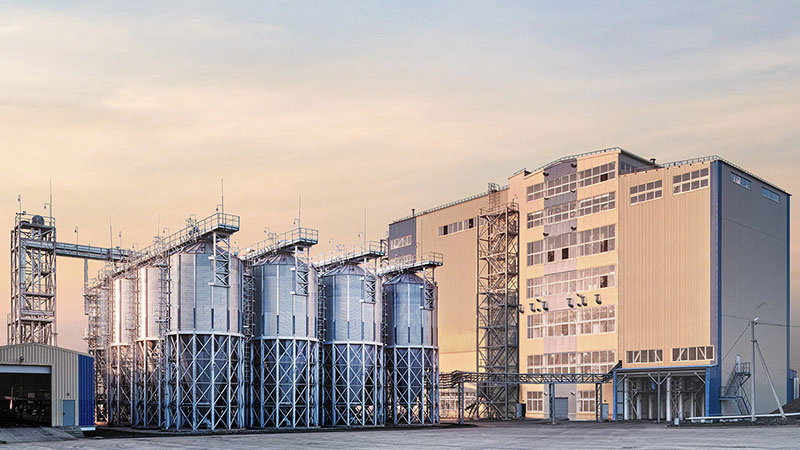
At RICHI, we go beyond project completion. With RICHI Servicee, we’re your dedicated partners in success. Count on us for expert guidance, minimal downtime, and optimized productivity. Choose RICHI for unmatched service and support.
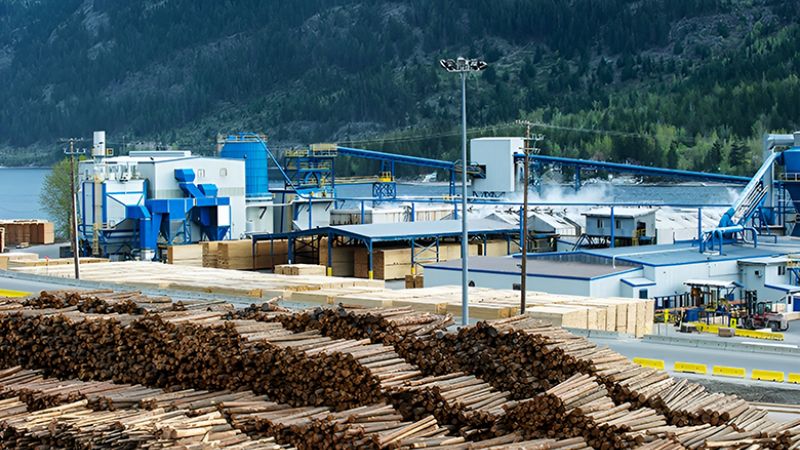
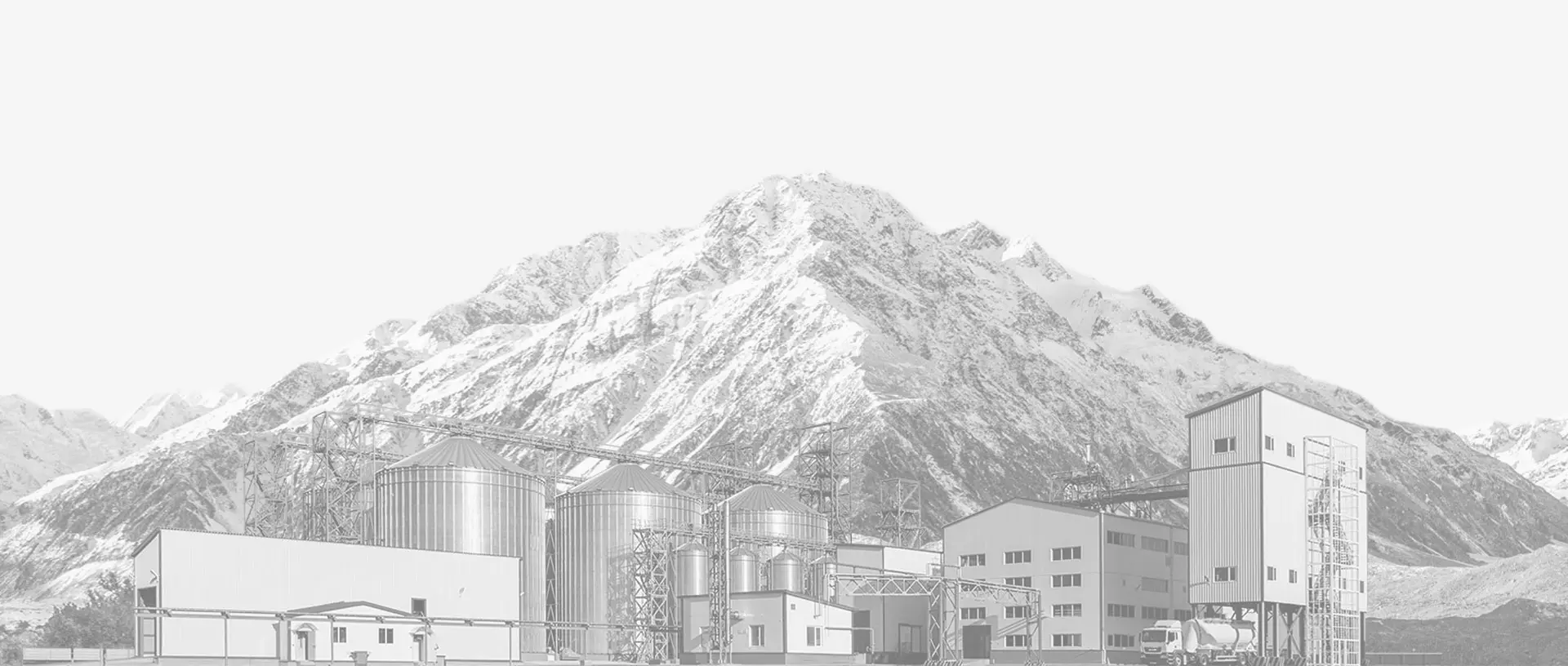

Meet global product demands and quality standards with industry-leading pellet plant design, engineering, equipment, and construction services for pellet processors.
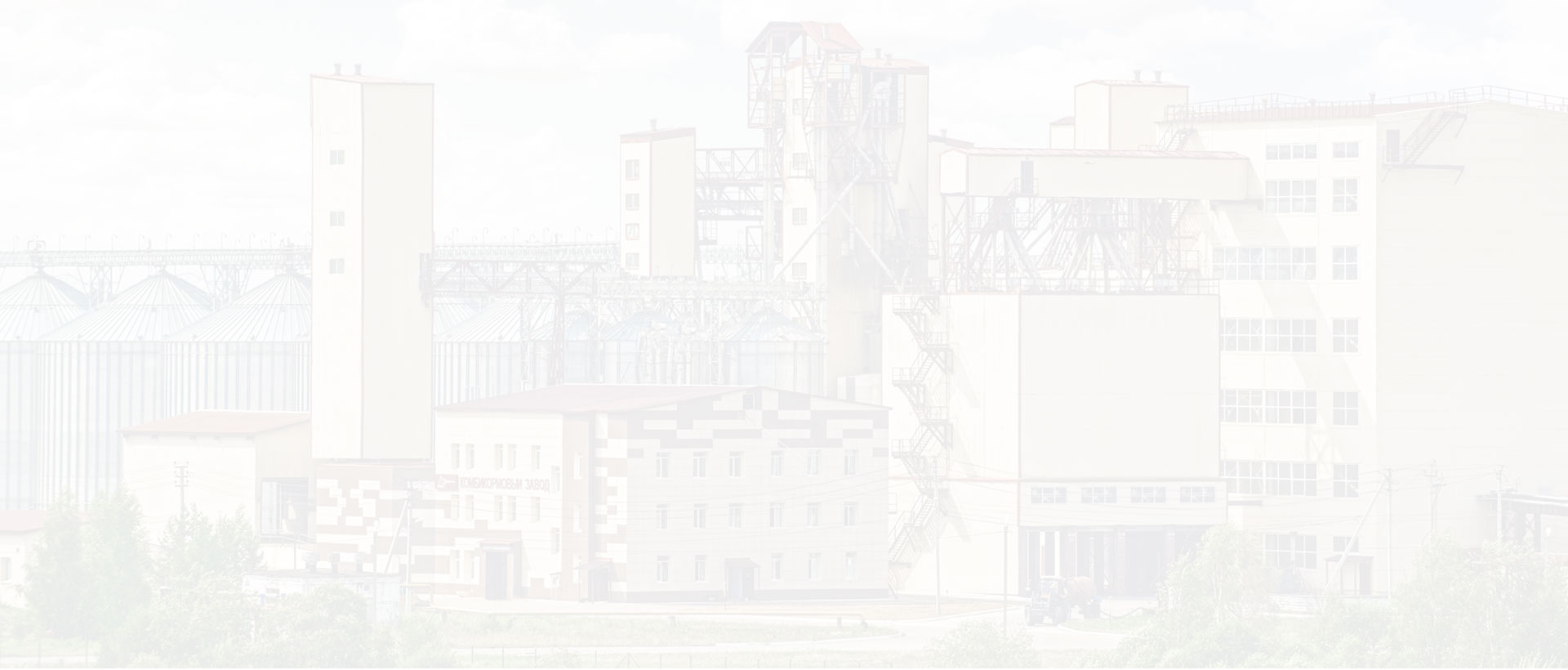
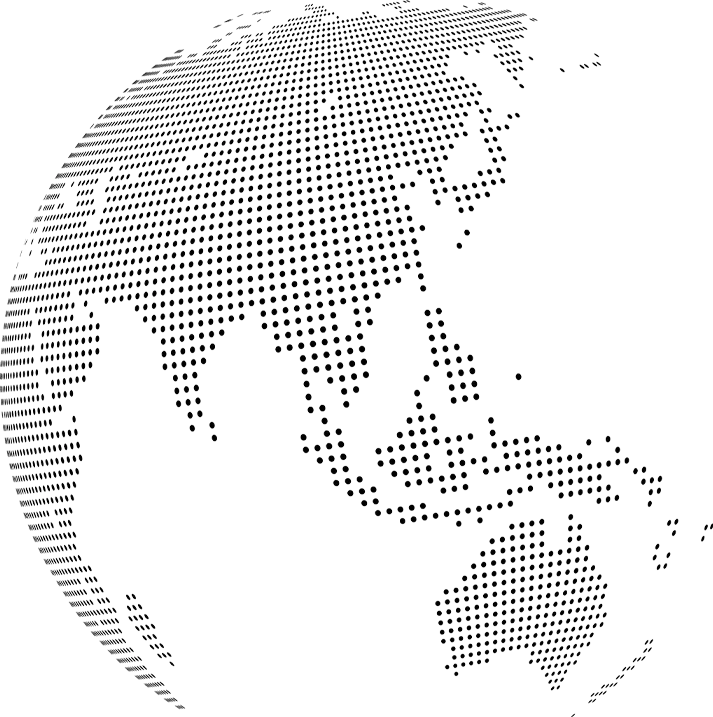
Your Partner Beyond Project Completion
2000+ cases
RICHI is the leading designer, manufacturer and builder of pellet plants in the world, completing over 2000 projects in 140 countries across 6 continents.
Read More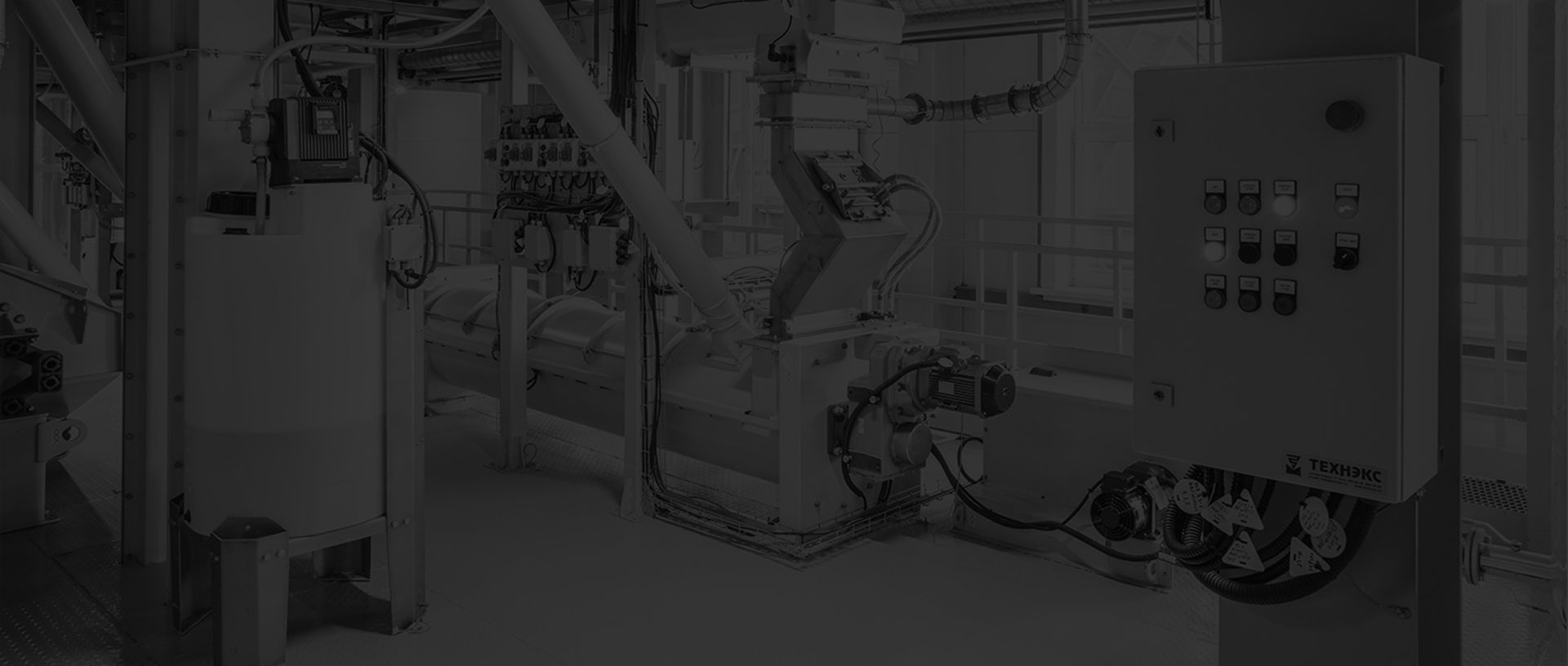
Increase plant productivity, profitability, and safety by integrating high quality equipment into your pellet production line. Over the years, RICHI has become China's top pellet equipment manufacturer. At the same time, RICHI has established valuable partnerships with the world's leading component and raw material manufacturers to bring you the best there is in technology, automation, and efficiency in pelleting plant machinery.
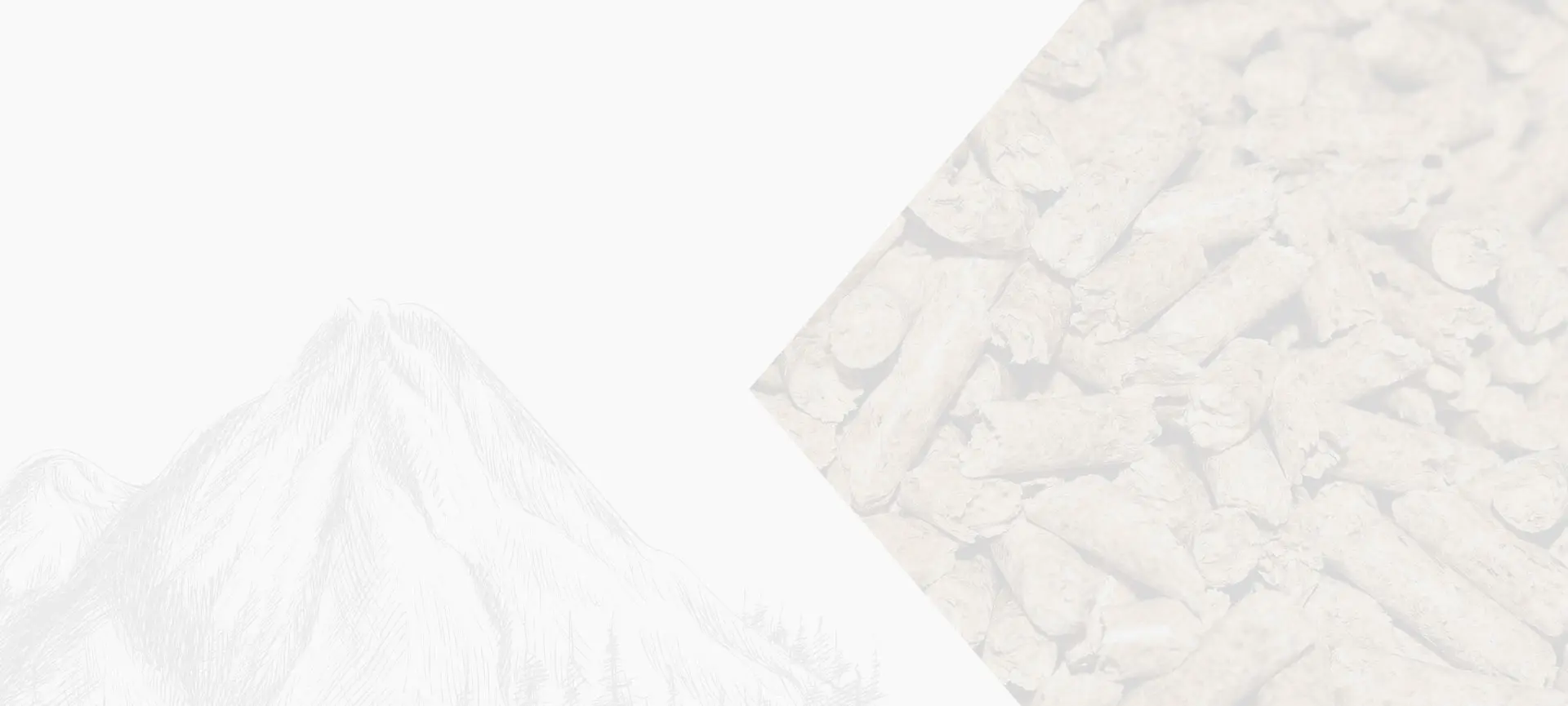
For nearly 30 years, RICHI has been providing best-in-class pellet plant equipment and services to clients across a variety of industries, sizes, and needs. We pride ourselves on the knowledge and skill that each team member possesses – from our technical sales team to our process design engineers. You can count on RICHI Machinery to take your operation to the next level of innovation, quality, and success.
Need help with your pellet manufacturing plant project? Contact us today.
ANIMAL FEED
BIOMASS
WOOD
ORGANIC FERTILIZER
AQUA FEED
CAT LITTER
MUNICIPAL WASTE RECYCLING
SPECIAL PELLET PRODUCTION
RICHI Machinery continues to deliver world class pellet mill equipment, pellet plant engineering and project solutions that add value to our customers in the animal feed, wood waste, agriculture waste, organic fertilizer, cat litter and special pellet products industries. Throughout the years, we RICHI Machinery have built strong brand, becoming industry-leading pellet machine manufacturer. We value integrity, promise quality, and prioritize your success.
Learn MoreWith our expert team, we precisely implement your process engineering requirements in pellet mill and pelletizing plant systems. No matter which industry you’re in – we understand your needs and deliver solutions that meet the highest standards.
At RICHI, quality comes first. Our pellet making machine and related pellet line equipment undergo rigorous quality controls to ensure they meet the highest standards. Rely on products that are durable, safe, and efficient.
With decades of experience in pellet machine and pellet production line production, we have earned a reputation as a trusted partner in various industries. Our expertise allows us to cover a wide range of applications.
Not only do we offer premium pelleting equipment, but we are also experts at designing, building, installing, and maintaining facilities from the ground up. Our expertise is within pellt plant process design, discovering the most efficient, productive, and profitable way to handle your materials in an end-to-end cycle.

Keeping in touch with us is an effective way to solve all your problems. If you have any needs or questions, please leave your contact information, then RICHI technical consultants will send design, quotation, videos to your mailbox. You can also contact us directly via WhatsApp: +86 13838389622
Copyright©2015-2024 by HENAN RICHI MACHINERY CO., LTD. All rights reserved.